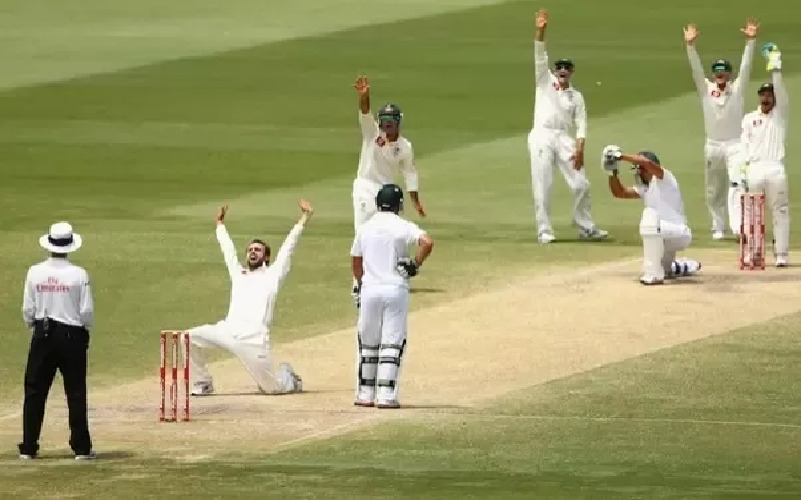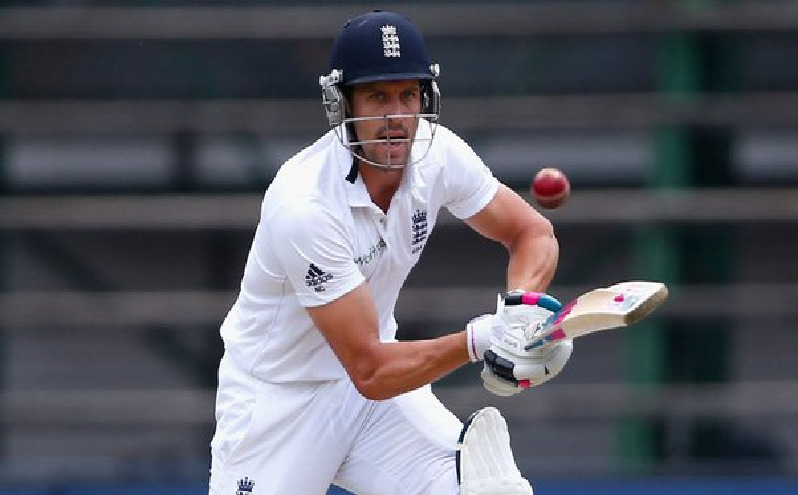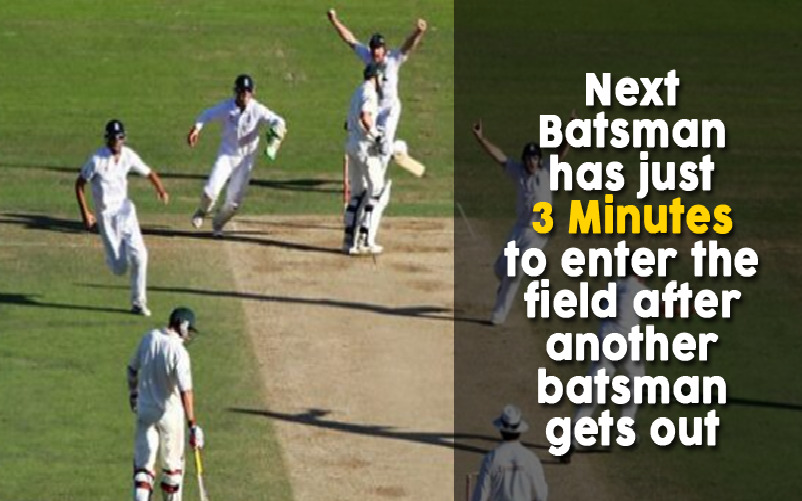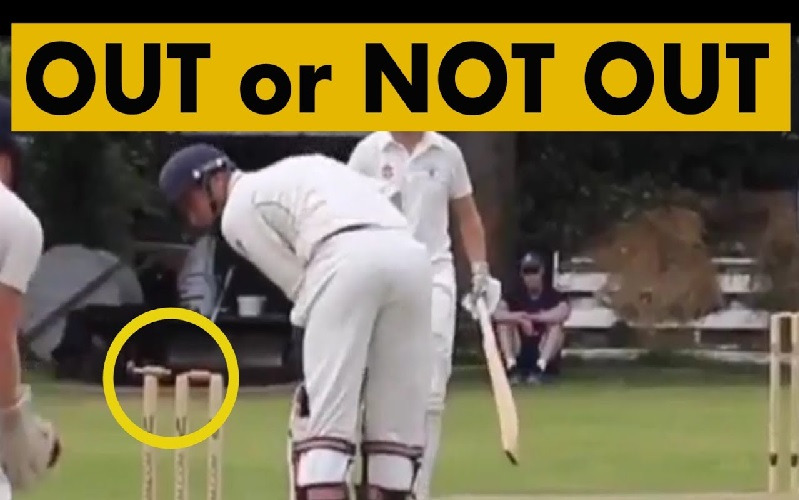Cricket, just like any other sport, is guided by some rules and regulations. These rules and regulations exist to ensure the game is conducted legally without creating any uncertainty. Therefore, the players must be aware of all these rules. But, other than the famous cricket rules, which all of us are aware of, there are certain lesser-known rules that all of us do not know as they rarely come into use. So, let’s acquaint you with some of the lesser-known cricket rules.
1. An Appeal Is Mandatory
We must have witnessed the fielding team often making appeals to the umpire for the wicket and might think that the players do it because they are too enthusiastic about bowling the other team out quickly. However, it is a rule. An on-field umpire cannot declare a batter out until the fielding group has appealed. Thus, no appeal means no wicket.

2. The LBW Rule
LBW in Cricket; stands for leg before wicket, and it is one of the means to get the batsman’s wicket. However, a batter can be declared out if the ball has hit any part of his body and not just the leg.

3. Do Not Hit The Ball Twice
Once the batsman has hit the ball, he cannot beat it again until the next delivery happens. Thus, hitting the ball twice is against the rules of Cricket; and can lead to the player’s dismissal.

4. Mankading
It is one such rule in Cricket; that is seen with contempt by the spectators and has to face a lot of criticism. It is one of the ways to get the batsman’s wicket. According to this rule, the bowler has the full right to dislodge the bails of the batter at the non-striker end if they cross the crease, even before the bowl is delivered. It got its name after an Indian bowler, Vinoo Mankad, who used this method for the first time.

5. Dead Ball
According to this law, if the batsman has hit the ball in the air and it hits or collides with an object in the air, it will be regarded as a dead ball. Therefore, the batter cannot be declared out. Moreover, no runs will be awarded on that ball. It is an interesting law, as we have occasionally seen a ball hit against the Spidercam and then be deemed a dead ball.

6. The Time-out Rule
This rule says that after the dismissal of any batsman, the next batter must be on the crease in three minutes. If this doesn’t happen, the incoming player will not be allowed to bat and will be termed “Timed Out.” To avoid this, we have often seen the batsman padded up and ready with all his equipment even before the wicket fell.

7. Not-out If The Bails Do Not Fall
It is quite an interesting law in Cricket; which states that even if the ball has hit the stumps but the bails have not fallen, the batter cannot be declared out. Thus, the bails need to drop to get the batter out.

8. Only The Wicketkeeper Can Wear Gloves
In the fielding team, only the wicketkeeper is allowed to wear gloves. If any other player on the fielding team wears gloves, even for a minute, then the team will face a penalty.

9. Slow Run Rate
According to this law, a bowler has to complete his over in time. But if the on-field umpire feels that the fielding time is exceeding the time limit and taking a lot of time to complete an over, then a warning is given to the captain in the first place. If it happens again, the fielding team will have to face a penalty of five runs, or the bowler will be suspended from bowling further in the inning. We have often seen this in the IPL, with captains getting penalties for maintaining a slow run rate.

10. The Cap Rule
The last rule in this list states that if the ball touches the fielder’s clothes or cap before landing in their palms, the batsman is considered not out. It is because any part of the fielder’s body, besides the hands, is considered the ground; therefore, the fielder needs to be careful while taking the catch.





